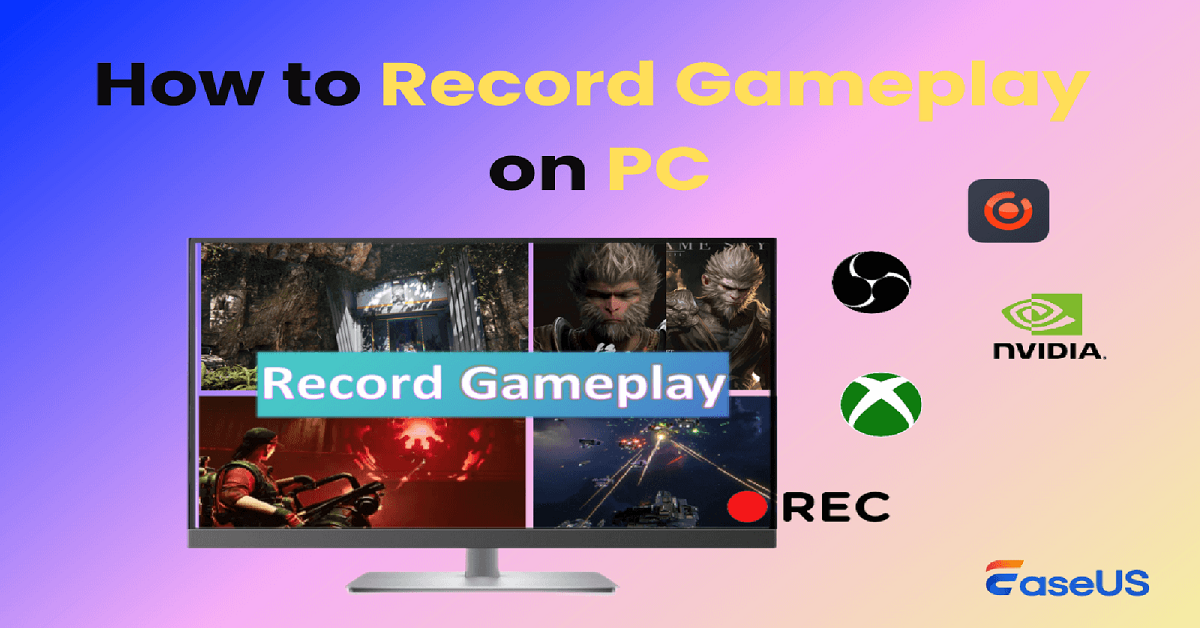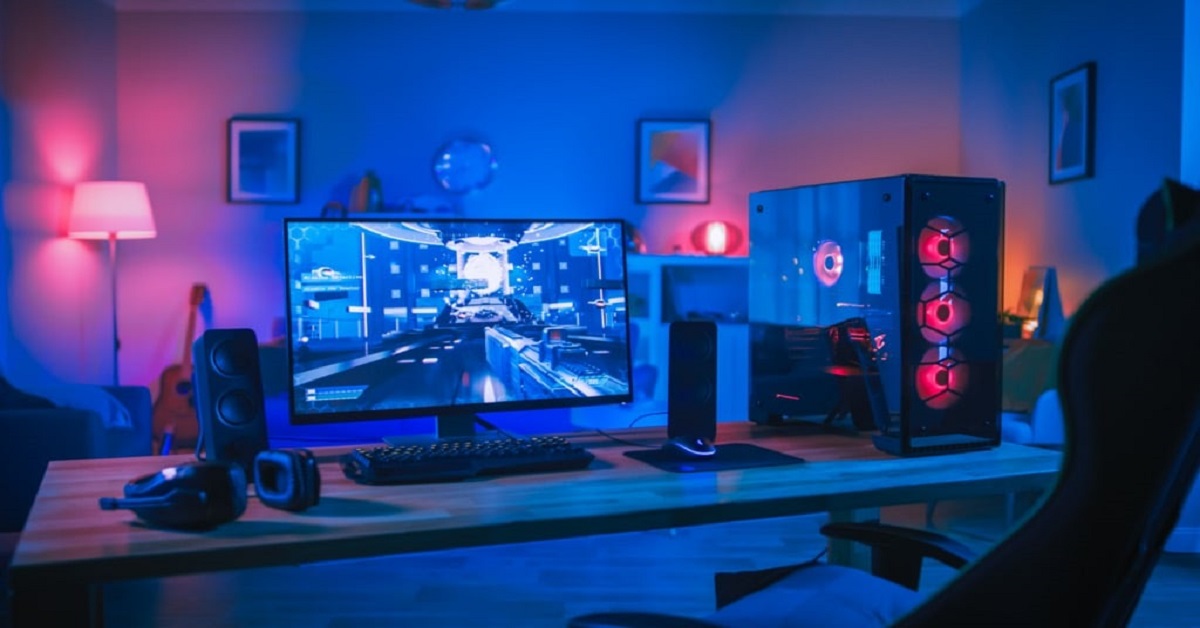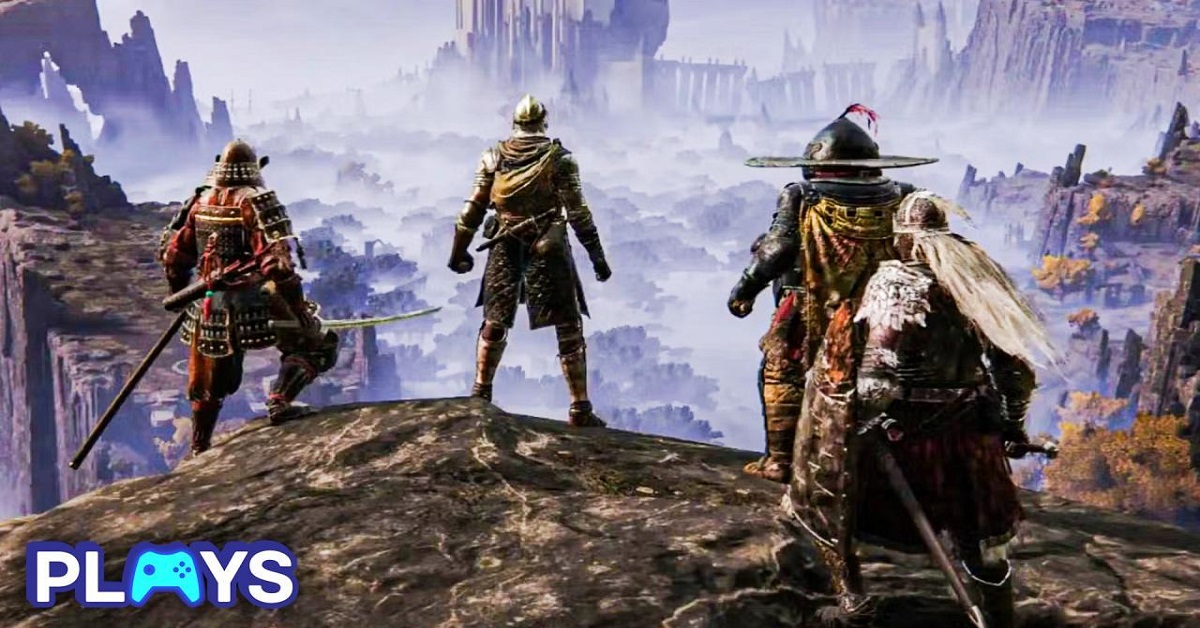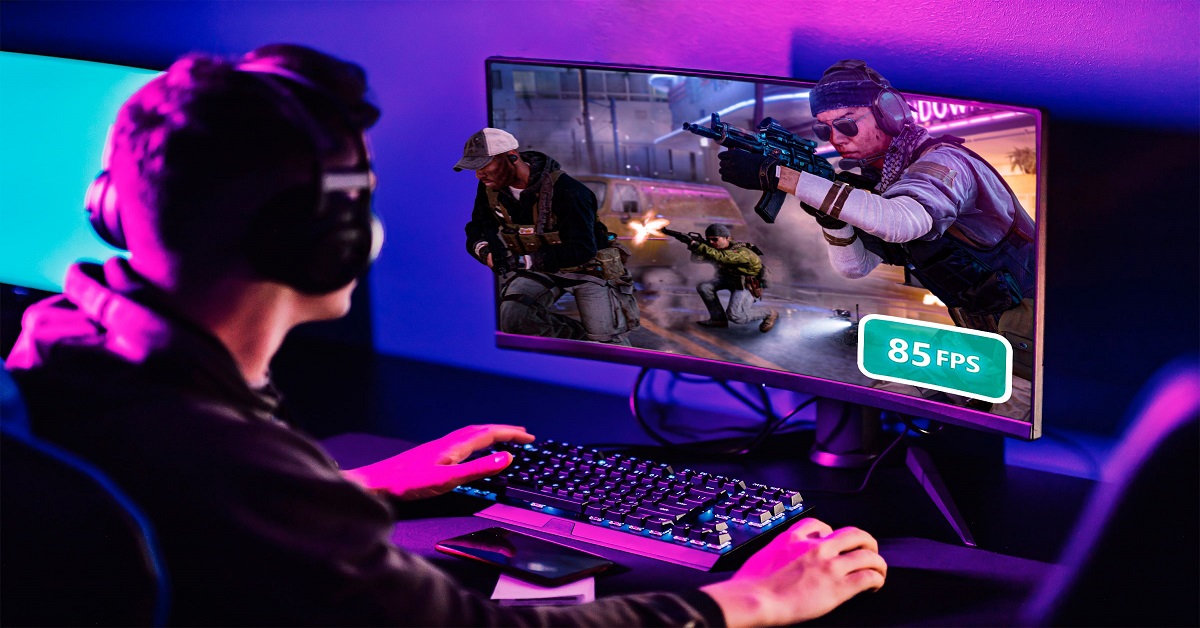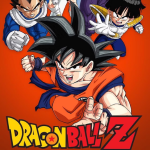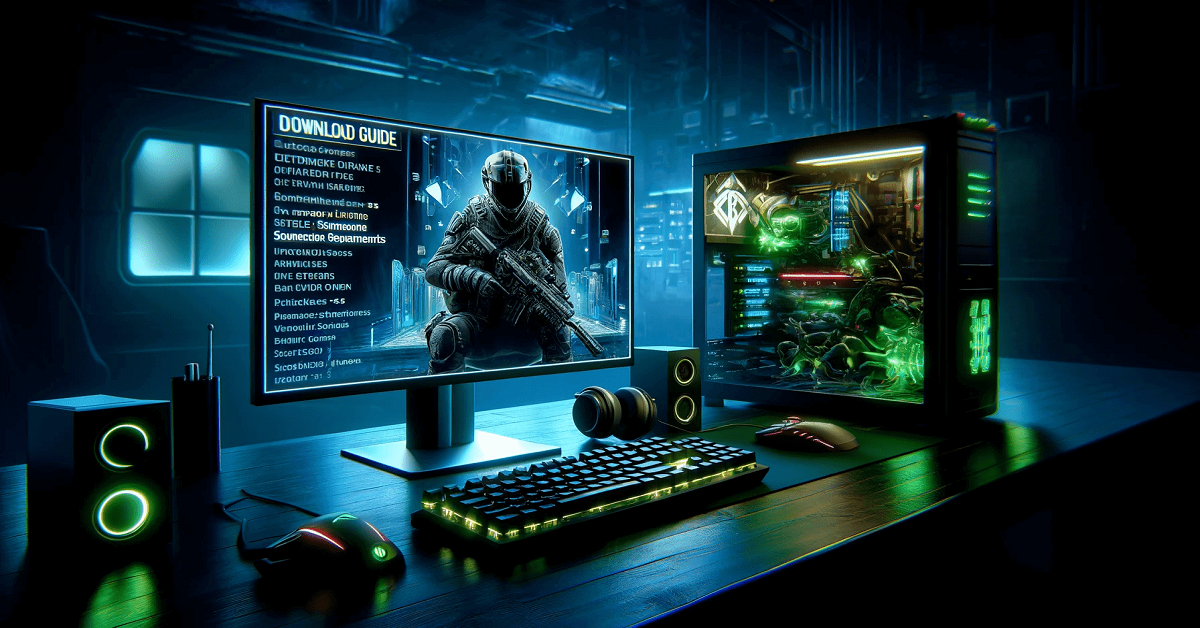The recording of gameplay can be fun, especially if you produce content for YouTube, Twitch, or if you’re trying to save epic wins. But speaking of the flaws that plague many gamers, there is one aspect that is playing during the recording process. The number one thing that buries a great moment alive is stuttering video or dropped frames. In this guide, we will attempt to address how to fix recording lag in gameplay using actual data, tips, and performance tweaks.
Why Does Recording Lag Happen?
Recording lag generally occurs if it has to compete with other PC resources for the title of the main priority. Both the game and the software for recording need CPU, GPU, RAM, and storage bandwidth. If your system is not fast enough, you will encounter frame drops, a frozen screen, or desynced audio.
A tech benchmark by TechSpot (2024) estimates that the processing power of the computer can be used from 20-30% in the case of recording software running in the background. This can have a great effect on the “condition of the gameplay smoothness” on the systems that have only 4-core processors.
Common Indicators of Lag in Game Recordings.
Incidentally, before insane solutions, here is what to note:
- Video stutters or skips frames
- Audio cuts in and out
- Gameplay FPS drops while recording
- Screen tearing or lag between the input and output visuals.
How to Prevent Lag in Game Recordings
Here are some methods you can use to reduce lag while recording games
1. Use a High-Performance PC Setup
A solid hardware setup goes a long way in reducing lag while recording games.
| Component | Minimum Specs | Recommended Specs |
| CPU | Quad-core (i5/Ryzen 5) | 6-core or higher (i7/Ryzen 7) |
| GPU | GTX 1050 Ti or RX 560 | RTX 3060 or RX 6700 XT |
| RAM | 8GB DDR4 | 16GB DDR4 or more |
| Storage | HDD | SSD (preferably NVMe) |
2. Choose the Right Recording Software
Not all recording tools are optimized equally. Some are heavy on system resources, while others offer better balance.
| Software | Avg. CPU Usage | Avg. RAM Usage |
| OBS Studio | 12-25% | 300MB |
| Nvidia ShadowPlay | 5-10% | 150MB |
| Xbox Game Bar | 15-30% | 400MB |
| Bandicam (Free) | 10-20% | 250MB |
3. Lower Recording Resolution and FPS
At a higher resolution (4K at 60fps), recording consumes more resources.
- If there is a delay, get the resolution down to 1080p, or at the very least 720p.
- Reduce frame rate to 30fps if you do not require super-smooth playback.
- Numerical Tip: 1080p60 recording consumes approximately 50-75 Mbps bitrate compared to the usage of only 10-20 Mbps in the case of 720p30, substantially lowering system load.
4. Optimize Game Settings
Many times game settings use high or ultra as a default. They are fine, but put strain on your PC.
- Ways of minimizing lag during game recording:
- Lower texture quality and shadows
- Disable V-Sync if the screen tearing isn’t a concern.
- Allow FPS limit (for instance, capping it at 60 if your monitor is 60Hz)
- Reduce anti-aliasing
A small change can improve performance. UserBenchmark reported that reducing graphics settings from Ultra to Medium could enhance the mid-range PCs’ FPS by 30-50%.
5. Close Background Applications
Ensure that the apps running on your system are not too many. Common culprits include:
- Big-G Google Chrome (can slurp up to 2GB RAM through multiple tabs).
- Discord (especially when streaming)
- Antivirus scans
- Cloud sync (OneDrive, Dropbox)
- Before recording, you need to close unused apps and background services using the Task Manager.
6. Set high priority for Recording Software.
You can make your recorder a priority via Task Manager:
- Ctrl + Shift + Esc: Open Task Manager.
- Go to the Details tab
- Find your recording software (e.g., obs64.exe)
- Right click, then set priority, high.
This will provide your recording app with additional access to the resources of a CPU and can be useful in preventing lag in game recordings.
7. Use Hardware Encoding (GPU)
Modern GPUs support hardware encoding, which offloads video processing from the CPU.
| Encoder | Platform | Benefit |
| NVENC | Nvidia GPUs | Low CPU usage |
| AMD VCE | AMD GPUs | Balanced performance |
| Intel Quick Sync | Intel CPUs | Moderate improvement |
8. Record to a Different Drive
Writing to the same drive as the installation of the game may cause disk I/O lag.
- Use fast storage (SSD rather than HDD) for both.
- Stat: The test illustrates that recording to a secondary SSD cuts frame drops by up to 40%.
9. Keep Drivers and Software Updated
Your outdated drivers may be counterproductive to the game or recording software.
- Update GPU drivers from Nvidia CUDA or AMD Adrenalin.
- Stay on par with recording software updates.
- Use DirectX 12 and Vulkan if possible.
Performance fixes are even to be found in windows updates. Be sure to always use a stable OS version.
10. Use Performance Mode on Laptops
If you’re on a laptop:
- Plug into power
- Turn on “High Performance” or “Ultimate Performance” in Windows Power Settings
- Disable battery savers or thermal throttling tremors
While recording benchmarks by NotebookCheck, laptops in the high-performance mode demonstrated a 15-25% FPS improvement.
Screen Recording Lag Troubleshooting Checklist
To diagnose lag in your screen recording, follow a checklist:-
- Are you recording at too high a resolution?
- Are you using an NVENC or AMD VCE encoder?
- Have you decreased in-game settings, yes|
- Do you use an SSD for gaming and recording?
- Have you closed all background applications?
- Is your PC capable of satisfying the conditions that game and recording software require?
Conclusion
Sometimes, calibrating for recording lag in gameplay does not need expensive hardware upgrades. The majority of performance issues can be resolved with certain adjustments of software settings, reducing system load, and making smart tweaks.
Whether you are recording games for fun or expanding your name as a content creator, the use of these tips will help you minimize lag when recording games while boosting overall performance. Now that you have the answer of your question, how to prevent lag in game recordings? Your gameplay will thank you with smoother videos!



